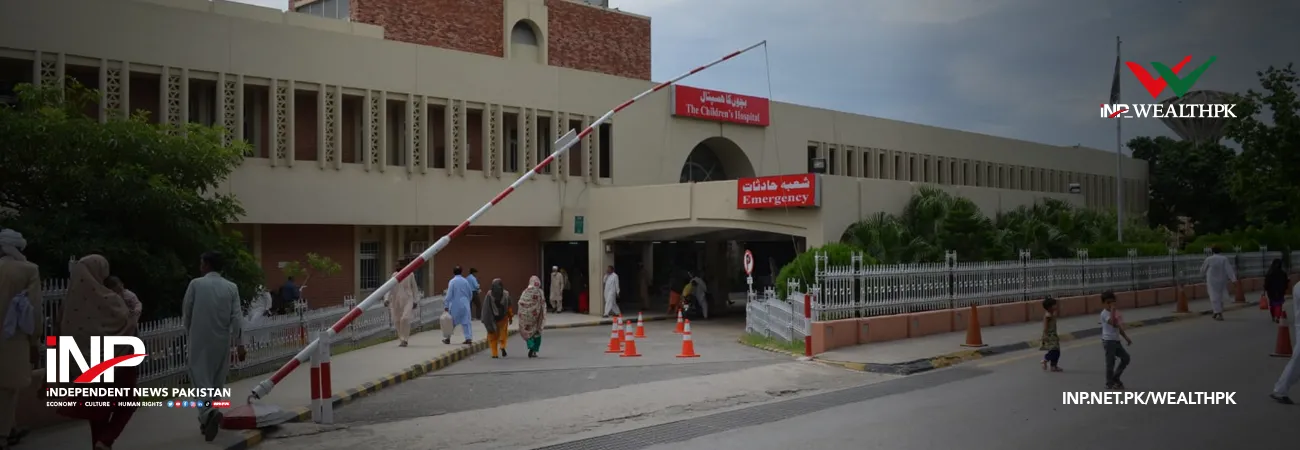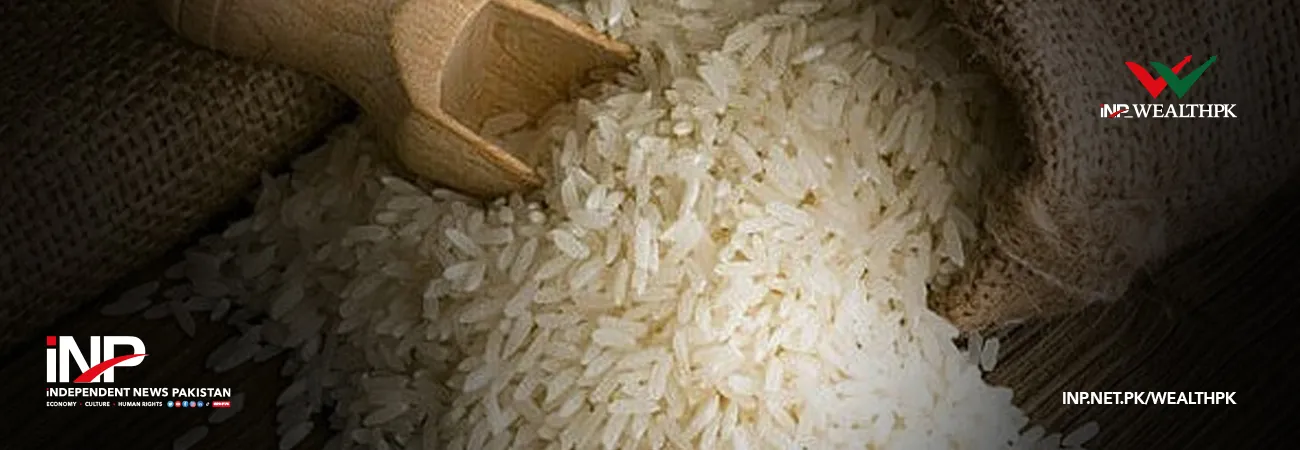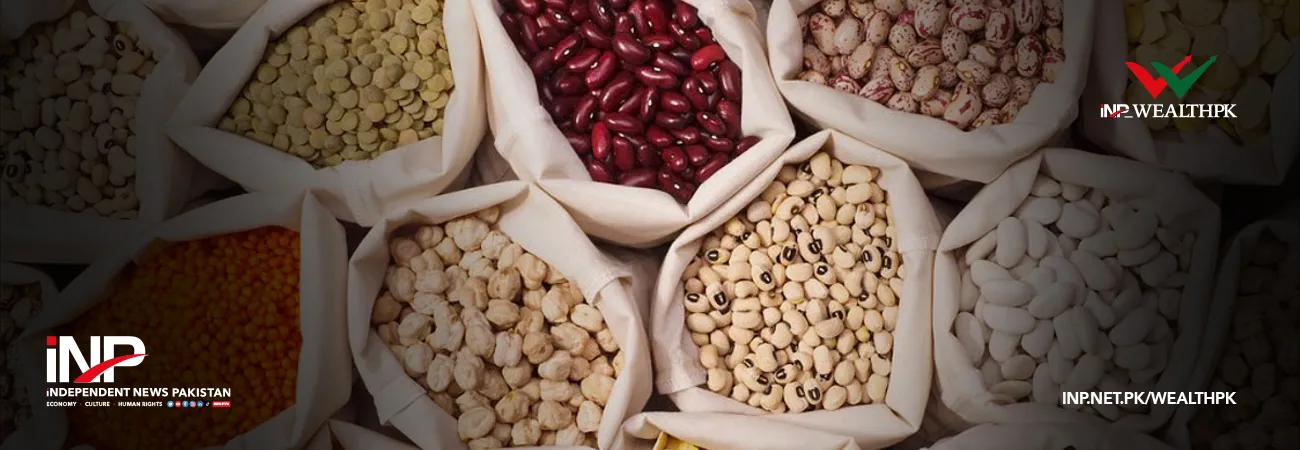INP-WealthPk
By Samia Khalid
ISLAMABAD, April 28 (INP-WealthPK): The second phase of the China-Pakistan Economic Corridor (CPEC) is paving the way towards industrialization and bringing economic stability to the country.
In the first phase of the CPEC, the government played a major role as the projects included were related to infrastructure and electricity. But the second phase necessitated a total shift in management and player roles. In the second phase, industrialists, the private sector, and the business community will play a larger role. The government’s role will be limited to that of a facilitator, establishing effective regulations, laws, and efficient infrastructure to promote business-to-business (B2B) and people-to-people links.
 Chinese enterprises are relocating to other regions of the world. Therefore, Pakistan is utilising this chance and creating a conducive business climate to attract Chinese outbound foreign direct investment (OFDI). This will improve industry’s competitiveness, technology transfer, import substitution, export-led growth, human capital development, job creation, and a variety of other direct and indirect economic advantages, reports WealthPK.
The signing of the Framework Agreement on Industrial Collaboration has opened up a new universe of economic potential for Pakistani companies to leverage technological and financial cooperation through joint ventures with Chinese companies. The agreement is intended to strengthen B2B and project-to-project (P2P) ties, balance and modernize existing industry, expedite special economic zones (SEZ) development and promotion, seek technical and financial assistance from China, increase production capacity, and facilitate businesses with financial institutions on both sides.
The CPEC industrial cooperation is open to third-country involvement. Both countries will advertise these SEZs effectively at a global level in order to attract investment from all over the world. The CPEC will also focus on the development of Pakistan’s agriculture, manufacturing, chemicals, textiles, and home appliances. Aside from that, vocational training and the hiring of local personnel, including professionals, in CPEC projects have been given careful consideration.
The government has waived Rs49.39 billion in customs charges and taxes on the import of plants and machinery for the establishment of units in these zones, according to the CPEC Authority.
Overall, the designated SEZs account for around 10,029.64 acres of industrial land across the country, with 5,220.62 acres (52%) given to investors for the establishment of industry with anticipated investments of Rs633.9 billion, according to the official.
According to the Labour Force Survey (2020-21), 2.5 million jobs were added in the industrial sector, out of a total of 5.5 million. However, the services sector added 1.7 million jobs and the agriculture sector added only 1.4 million jobs. Under the second phase of CPEC, industrialization in SEZs is expected to generate roughly 475,000 direct and 1 million indirect jobs across the country.
Pakistan experienced the worst power outages before the commercial operation of various CPEC energy projects. Prolonged load-shedding disrupted industrial productivity. The CPEC successfully resolved the electricity issues and helped in boosting industrialization in the country.
Amid economic challenges, CPEC is thought to be a once-in-a-lifetime chance for Pakistan to rebuild its economy and emerge from a worsening slump. Through industrialization, CPEC has the potential to turn things around and bring economic stability to the country.
Chinese enterprises are relocating to other regions of the world. Therefore, Pakistan is utilising this chance and creating a conducive business climate to attract Chinese outbound foreign direct investment (OFDI). This will improve industry’s competitiveness, technology transfer, import substitution, export-led growth, human capital development, job creation, and a variety of other direct and indirect economic advantages, reports WealthPK.
The signing of the Framework Agreement on Industrial Collaboration has opened up a new universe of economic potential for Pakistani companies to leverage technological and financial cooperation through joint ventures with Chinese companies. The agreement is intended to strengthen B2B and project-to-project (P2P) ties, balance and modernize existing industry, expedite special economic zones (SEZ) development and promotion, seek technical and financial assistance from China, increase production capacity, and facilitate businesses with financial institutions on both sides.
The CPEC industrial cooperation is open to third-country involvement. Both countries will advertise these SEZs effectively at a global level in order to attract investment from all over the world. The CPEC will also focus on the development of Pakistan’s agriculture, manufacturing, chemicals, textiles, and home appliances. Aside from that, vocational training and the hiring of local personnel, including professionals, in CPEC projects have been given careful consideration.
The government has waived Rs49.39 billion in customs charges and taxes on the import of plants and machinery for the establishment of units in these zones, according to the CPEC Authority.
Overall, the designated SEZs account for around 10,029.64 acres of industrial land across the country, with 5,220.62 acres (52%) given to investors for the establishment of industry with anticipated investments of Rs633.9 billion, according to the official.
According to the Labour Force Survey (2020-21), 2.5 million jobs were added in the industrial sector, out of a total of 5.5 million. However, the services sector added 1.7 million jobs and the agriculture sector added only 1.4 million jobs. Under the second phase of CPEC, industrialization in SEZs is expected to generate roughly 475,000 direct and 1 million indirect jobs across the country.
Pakistan experienced the worst power outages before the commercial operation of various CPEC energy projects. Prolonged load-shedding disrupted industrial productivity. The CPEC successfully resolved the electricity issues and helped in boosting industrialization in the country.
Amid economic challenges, CPEC is thought to be a once-in-a-lifetime chance for Pakistan to rebuild its economy and emerge from a worsening slump. Through industrialization, CPEC has the potential to turn things around and bring economic stability to the country.













